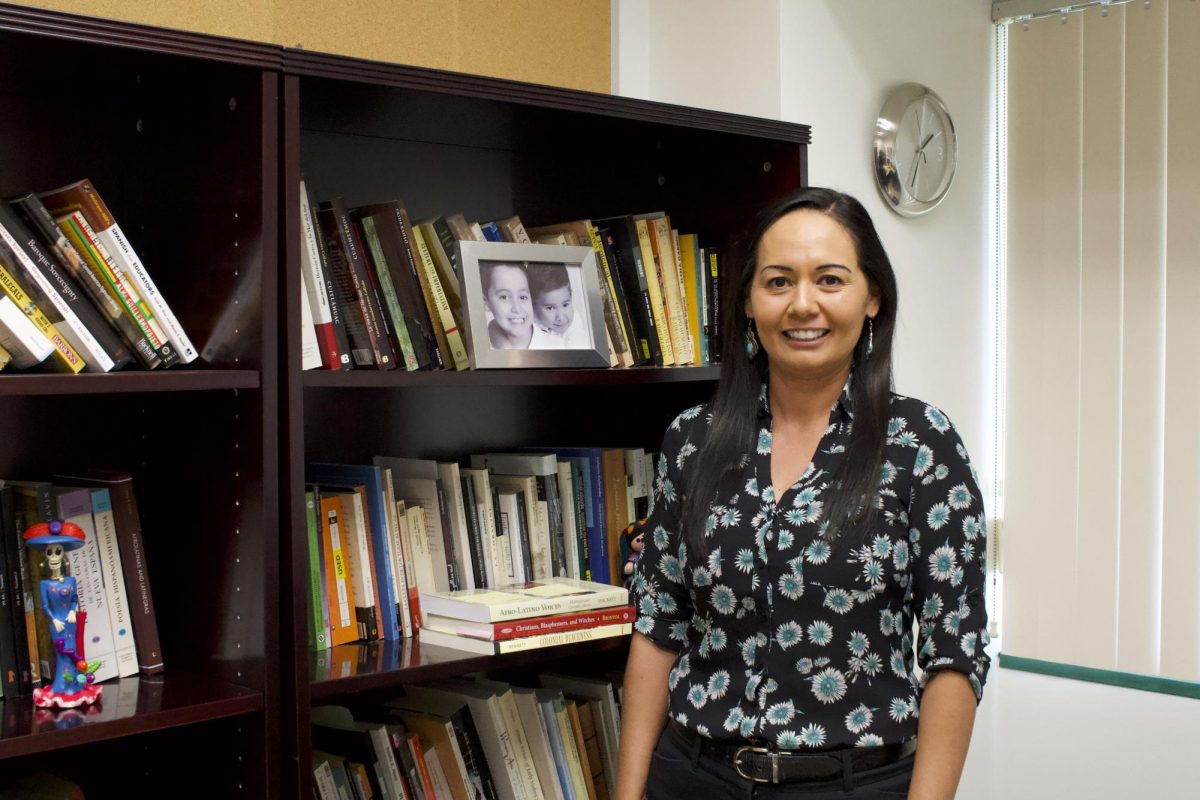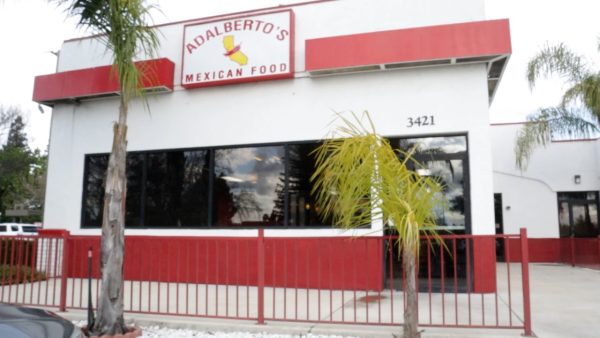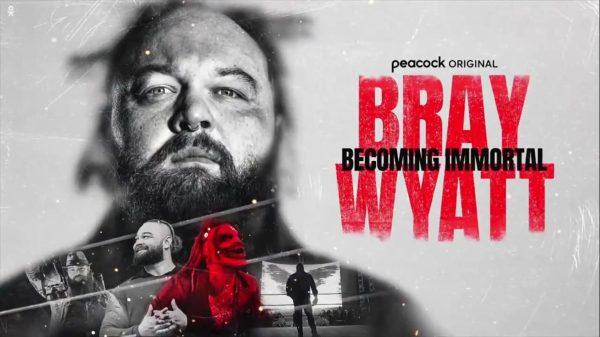Prescription drugs and sharing
April 28, 2015
In an attempt to help curb prescription drug abuse, Sacramento State recently hosted a “Prescription Drug Abuse and Diversion” conference on Saturday, April 18, 2015. The conference included presentations from representatives from the Department of Justice, CA State Board of Pharmacy, Sacramento County Public Health Office and the Drug Enforcement Administration.
“What we were trying to do at this conference was first to educate health care providers about the problem,” said Janet Dumonchelle, pharmacist in charge at the Sac State pharmacy. “And probably get together a task force that will work on educating providers on what we can do to curb the issue and also to have other forums for students and educators and community resources to begin to collaborate and educate so that we can work on reducing the problem of prescription drug abuse.”
One of the main topics at the conference involved how to avoid diversion of prescription drugs from the intended user to unauthorized users.
“The problem isn’t the medications that are prescribed, it is what is done with them afterwards,” Dumonchelle said. “Sometimes family members will share.”
Special agent at the DEA Casey Rettif warned that it is illegal to be in possession of a controlled substance that hasn’t been prescribed.
“It is actually a felony that could lead to legal consequences,” Rettif said.
Friends of sophomore Jenelle Pickard do not have to worry about unintentionally committing a felony by using any leftover prescriptions she may have because Pickard said she wouldn’t share.
“I would say no and keep them for myself,” Pickard said.
Dumonchelle advised that the possibility of legal ramifications is not the only possible negative outcome of illegally giving or taking prescription drugs because there could be an allergic reaction.
Rettif said another problem with prescription drugs off the street is they can be expensive, leading the abuser to turn to a drug that gives them the same type of high at a lower price. She explained that heroin is the more dangerous, uncontrolled street version of controlled prescription drugs like Oxycontin.
“More people in Sacramento are in treatment for prescription opioids than for alcohol in Sacramento County,” Rettif said. “More people are treated for heroin than for meth. That correlates.”
Dumonchelle emphasized that she understands that some people do have legitimate pain that requires narcotic prescriptions. However, to lessen the possibility of abuse, Sac State has protocol to make sure that a student does in fact require this type of treatment.
“We try to treat first with Tylenol, exercise, ice, physical therapy, but if it is really unbearable then take the narcotic pain medication, but that is not the first thing you grab for,” Dumonchelle said. “You use these other interventions, so again they try to educate on how to control pain with a non-narcotic.”
The Sacramento State Pharmacy at The WELL holds a big bin that looks like a trash can in the middle of the pharmacy. Although the bin at the campus pharmacy is only available to turn in your non-prescription drugs, other bins at select locations in Sacramento are cleared to accept prescription drugs as well.
The bins are part of a national campaign called “Don’t Rush to Flush.” Rettif said that 10,692 pounds of prescription drugs were collected in the Greater Sacramento area on National Prescription Drug Take Back Day in September 2014.
Visit the Sac State Health Center in The WELL for more information.



































































































































